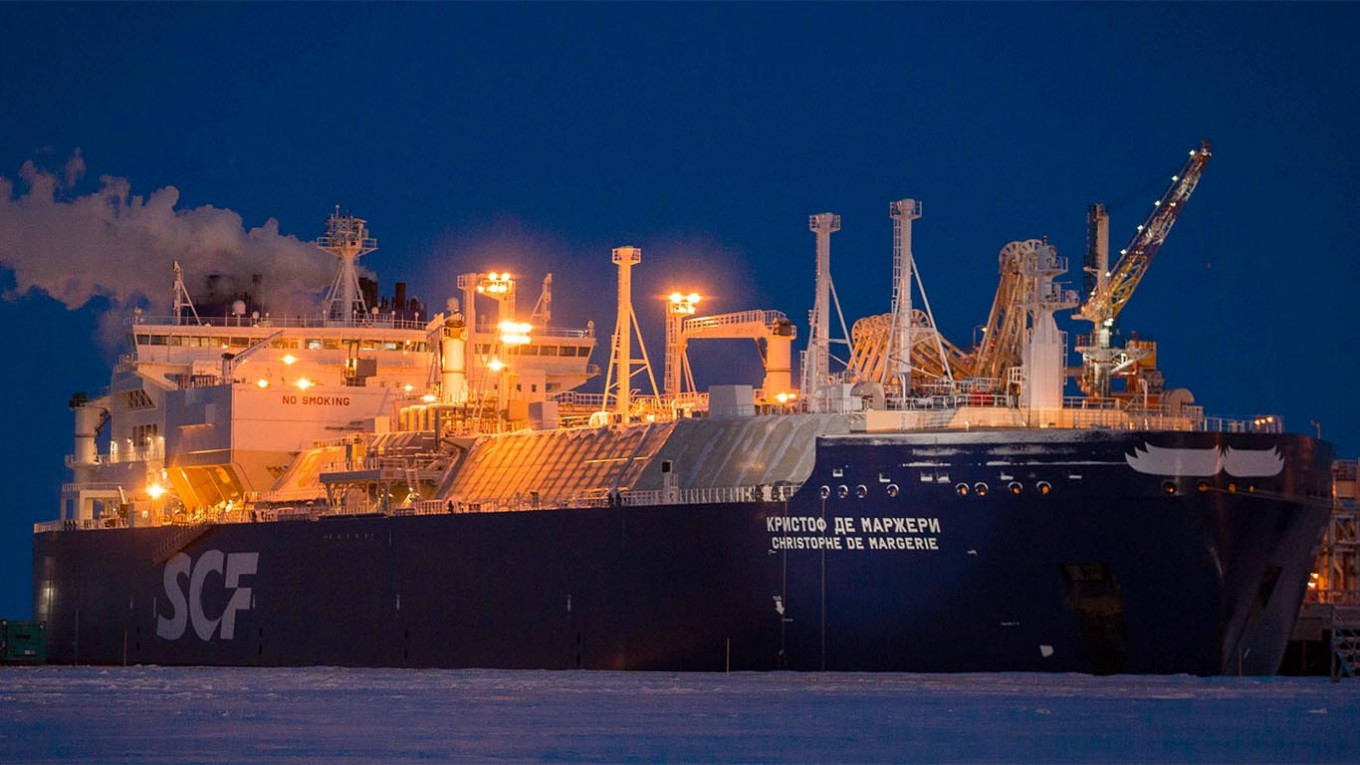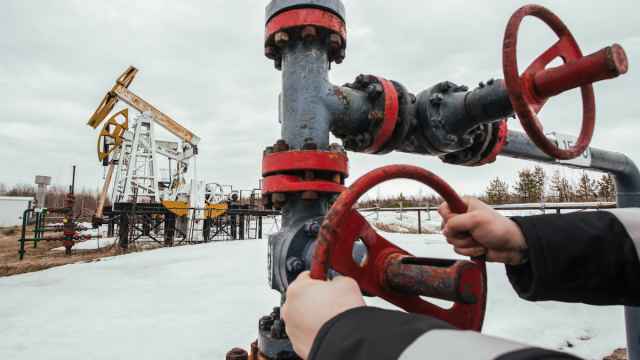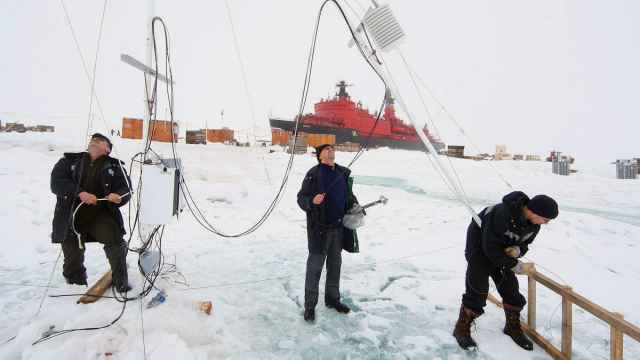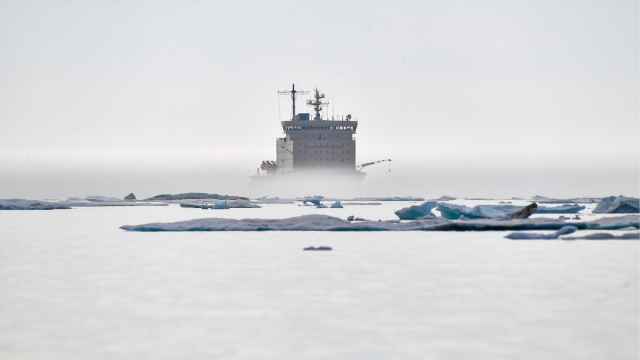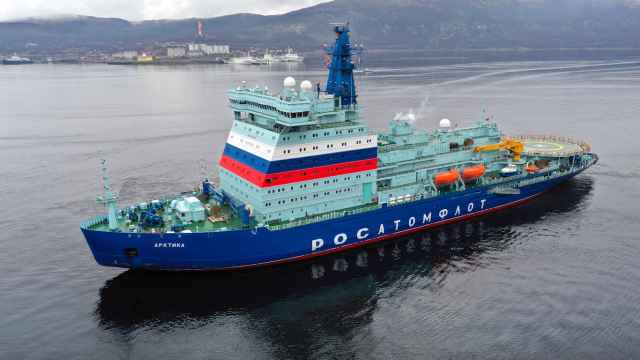Sea ice along Russia’s Arctic coast is quickly vanishing as temperatures in the region have been reaching record highs.
With the retreating ice comes tanker traffic.
On May 19, the Christophe de Margerie kick-started this year’s Northern Sea Route shipping season on a voyage across the eastern part of the coveted shipping lane. The vessel owned and operated by Russian shipping company Sovcomflot loaded up liquefied natural gas in Sabetta and is due to arrive in the Chinese port of Jingtang on June 11.
It was the earliest-ever eastbound shipment on the route for this kind of vessel.
By Wednesday the ship had made it almost to the island of Wrangle, according to ship tracking service MarineTraffic. The Christophe de Margerie is accompanied by the Yamal nuclear-powered icebreaker.
In the nearly 300-meter vessel's wake now follows the Vladimir Voronin, a vessel operated by company Teekay. The Vladimir Voronin on Monday left Sabetta and was on Wednesday located in the Vilkitsky Strait north of the Taymyr Peninsula.
The Vladimir Voronin is not accompanied by an icebreaker. The 50 Let Pobedy icebreaker that escorted the ship out of Sabetta and eastward towards the Vilkitsky Strait has now turned around and appears to be making its way back to Sabetta.
Ice maps by the Russian Arctic and Antarctic Research Institute show that there are open waters in the southernmost parts of the Laptev Sea and the East Siberian Sea. There is now only one-year-old ice along the whole route, contrary to last year when a belt of years-old ice covered parts of the East Siberian Sea.
Ice layers along the Northern Sea Route have shrunk dramatically over a number of years and in September 2019 the ice sheet was at its second-lowest level ever.
Among the drivers of the sea ice melting are quickly increasing temperatures.
Temperatures in the Arctic reached their second-highest average in 2019 and the latest climate report by Russia's meteorological service Roshydromet says that average winter temperatures along the Northern Sea Route have increased by about 5 degrees Celsius since the 1990s.
The Christophe de Margerie and Vladimir Voronin are part of a fleet of 15 vessels that serve the Yamal LNG project. They all have ice class Arc7 and can autonomously break through up to 2.1 meters of sea ice.
The fleet of LNG carriers are instrumental in the major spike in shipping in the Russian Arctic. In 2019, a total of 31.5 million tons of goods were shipped on the Northern Sea Route, a nearly 60% increase from the previous year.
A Message from The Moscow Times:
Dear readers,
We are facing unprecedented challenges. Russia's Prosecutor General's Office has designated The Moscow Times as an "undesirable" organization, criminalizing our work and putting our staff at risk of prosecution. This follows our earlier unjust labeling as a "foreign agent."
These actions are direct attempts to silence independent journalism in Russia. The authorities claim our work "discredits the decisions of the Russian leadership." We see things differently: we strive to provide accurate, unbiased reporting on Russia.
We, the journalists of The Moscow Times, refuse to be silenced. But to continue our work, we need your help.
Your support, no matter how small, makes a world of difference. If you can, please support us monthly starting from just $2. It's quick to set up, and every contribution makes a significant impact.
By supporting The Moscow Times, you're defending open, independent journalism in the face of repression. Thank you for standing with us.
Remind me later.


